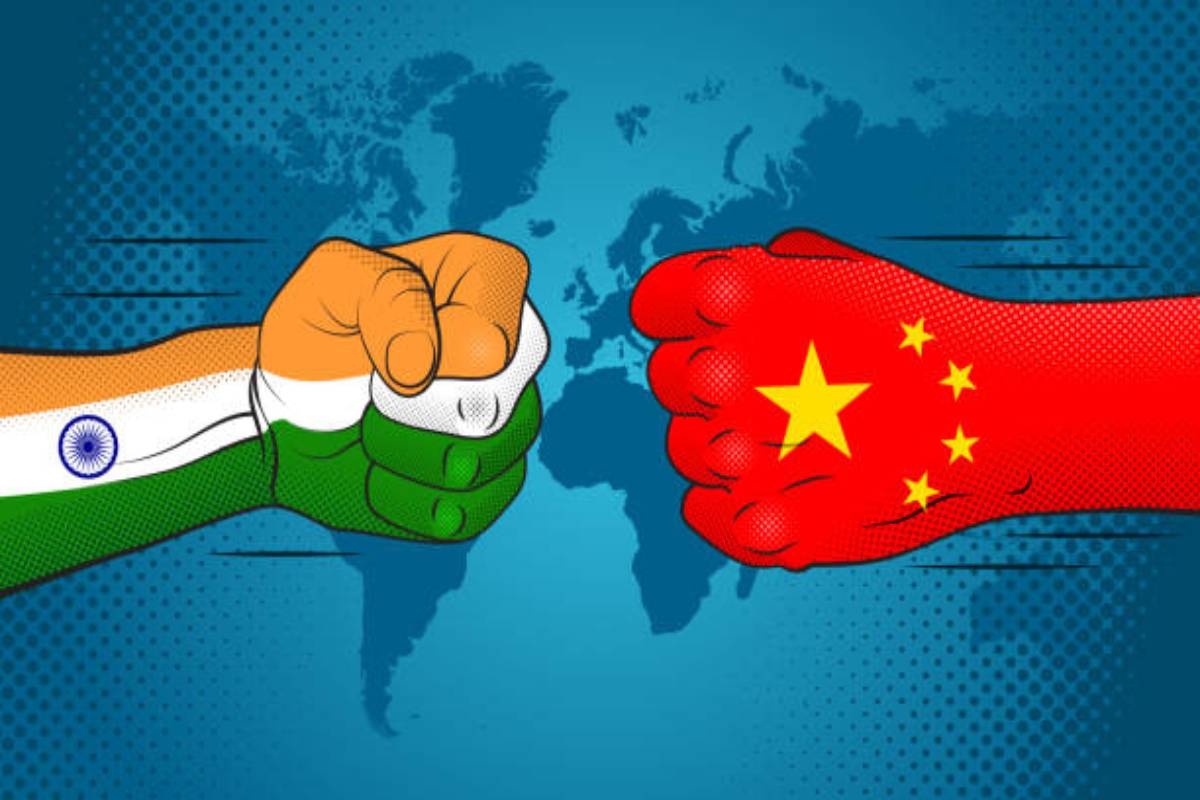The disengagement process between Indian and Chinese troops in the contested regions of Depsang and Demchok is anticipated to be completed soon, according to defence sources.
This development, which initiated last week, was following a series of talks, which led to an agreement for both sides to withdraw to their positions held prior to April 2020.
Advertisement
As part of the accord, both nations will resume patrolling with a set number of personnel designated for coordination, aimed at minimizing miscommunication and preventing confrontations. Sources indicated that patrol units will notify each other prior to their movements to avoid potential face-offs, ensuring that surveillance in the area remains effective.
The agreed patrolling points will revert to the locations traditionally used before April 2020. However, it is important to note that this agreement pertains solely to the disengagement of troops, not their de-induction. “For now, we are focusing on disengagement. We will return to our respective areas and observe, after which we can discuss troop de-induction,” a source clarified.
On Sunday, External Affairs Minister S. Jaishankar had announced that a consensus had been reached regarding patrolling and disengagement in the Depsang and Demchok areas. “It’s clear that implementing this will take time. This process involves disengaging our armies, which had come very close to each other, and returning them to their bases. We hope to restore the status quo from 2020,” he had stated.
He emphasized that the completion of disengagement is just the first step. The subsequent phase involves de-escalation, which cannot proceed until India is assured that similar actions are occurring on the Chinese side. “Once de-escalation is achieved, we will discuss how to effectively manage the borders,” he added.
Notably, India and China’s bilateral relations soured significantly following the events of June 15, 2020, when 20 Indian soldiers lost their lives while repelling a Chinese offensive. The violent clash, which occurred in the Galwan Valley of Ladakh, also resulted in an unknown number of casualties among Chinese troops during intense hand-to-hand combat.











